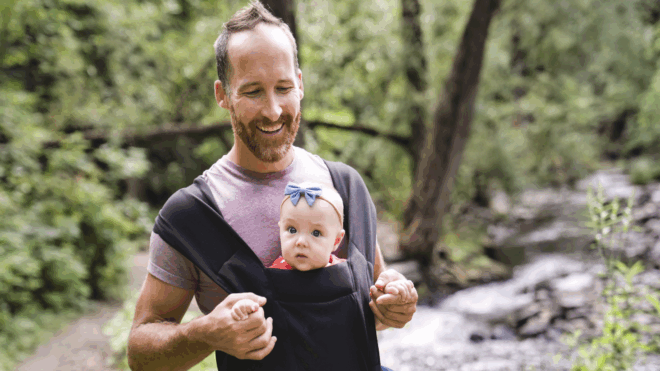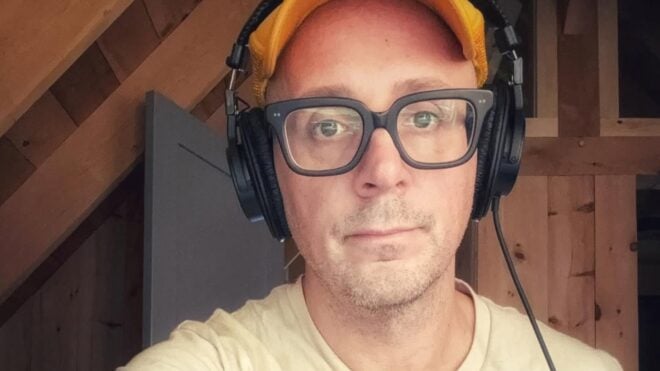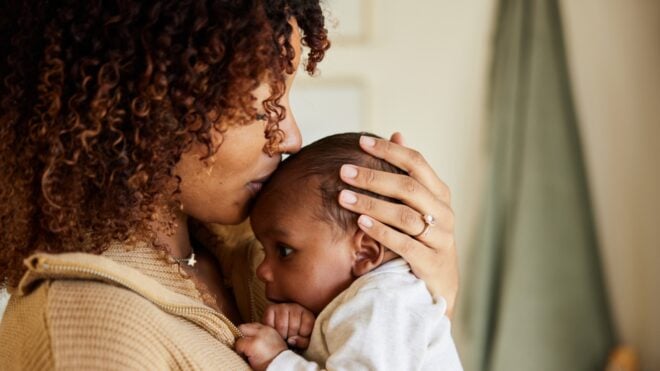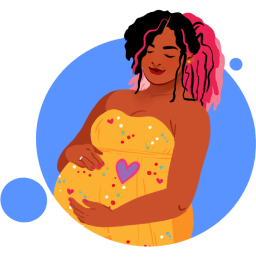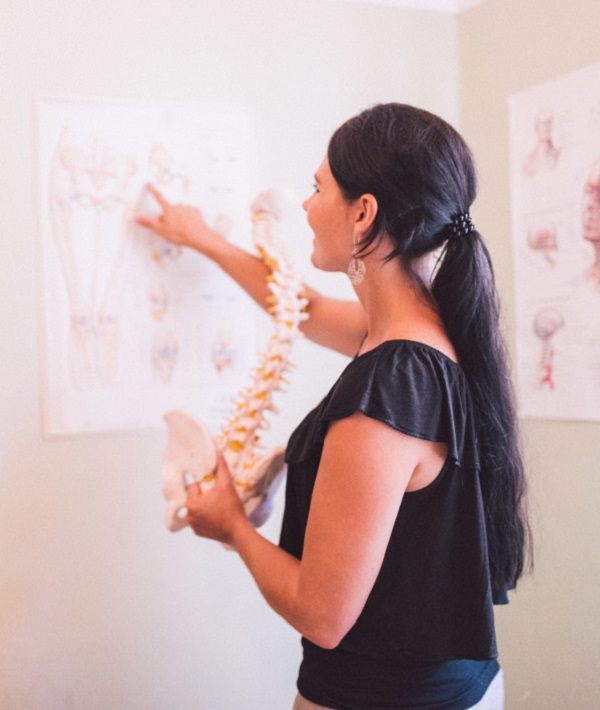
It's more than brittle bones
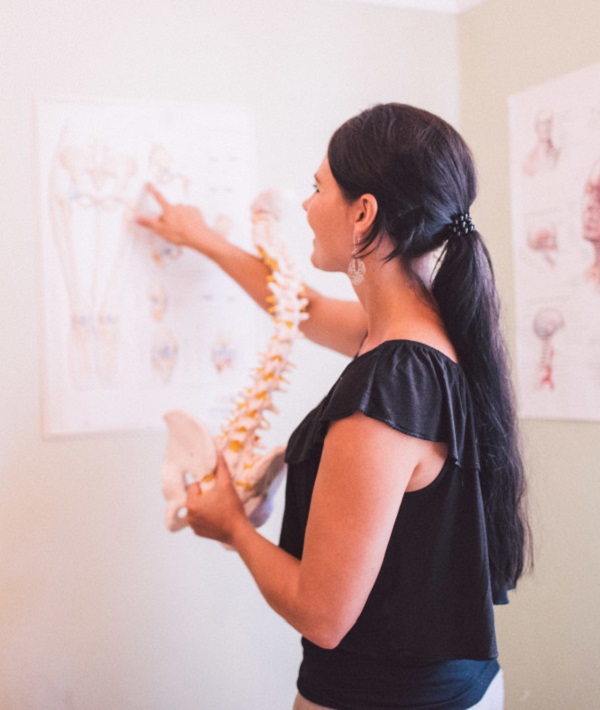
Commonly referred to as brittle bone disease, osteoporosis is a medical condition that causes bones to lose density, making them weaker and more likely to break. Affecting an estimated three million patients annually, it's time to find out the early symptoms and risk factors for this common and often painful diagnosis.
Being a woman

Bad news, ladies: Simply being genetically female means you're at a greater risk for developing osteoporosis. A woman's biological makeup, which often includes smaller, thinner bones than a man, means she's more at risk for developing bone loss that can lead to osteoporosis. In terms of numbers, an estimated 80 percent of patients with osteoporosis are women.
Age

One of the biggest risk factors for developing osteoporosis is, unfortunately, age. Although patients 50 and older are considered most at risk for developing the condition, women who are 65 and older and men who are 70 and older should be screened regularly as they are at a heightened risk for having undiagnosed osteoporosis and could sustain greater injuries from a fall.
Fractures
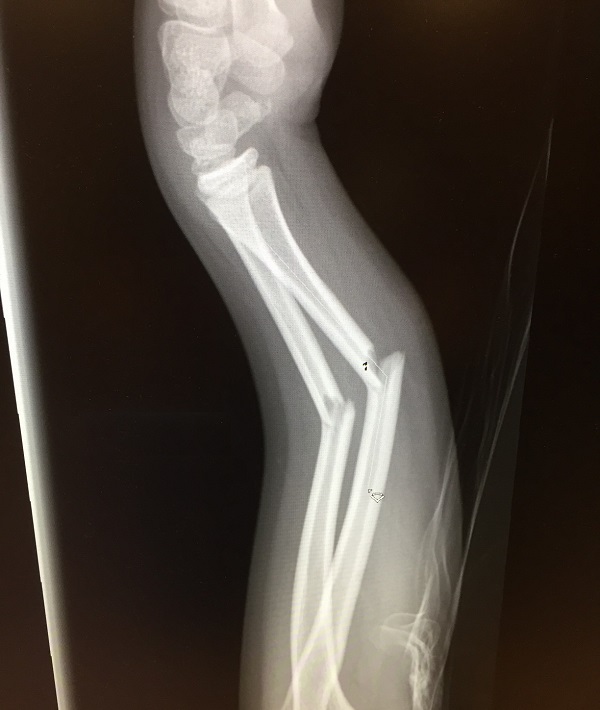
An early (and painful) symptom of osteoporosis, especially for seniors, are fractures. Due to the gradual weakening of the bones, a simple fall or bump can lead to broken wrists, femurs, fingers, the spine and more, which might indicate the presence of this condition.
Low calcium intake

Low levels of calcium are also linked to the development of osteoporosis. While calcium on its own can't prevent osteoporosis, the bone-replenishing mineral offers a strong safeguard for already-healthy bones and can lessen the loss of density that naturally occurs from aging.
Low vitamin D

While the sun can be dangerous in excess amounts, it's also incredibly important to our bodies because it's one of the best ways to get vitamin D, which aids our bodies in the absorption of calcium. Low levels of this important sun-derived nutrient can lead to weaker bones and the development of osteoporosis. Thankfully, we also have supplements and foods enriched with vitamin D, which can help protect our bones in the absence of regular sunshine.
Ethnicity

Although every person, regardless of their ethnicity, can develop osteoporosis, studies have found that Caucasian and Asian women are at the greatest risk. Due to high rates of bone fracture, skeletal size and, for Asian women, low calcium intake, these two ethnic groups have a higher chance of developing this condition.
Rheumatoid arthritis
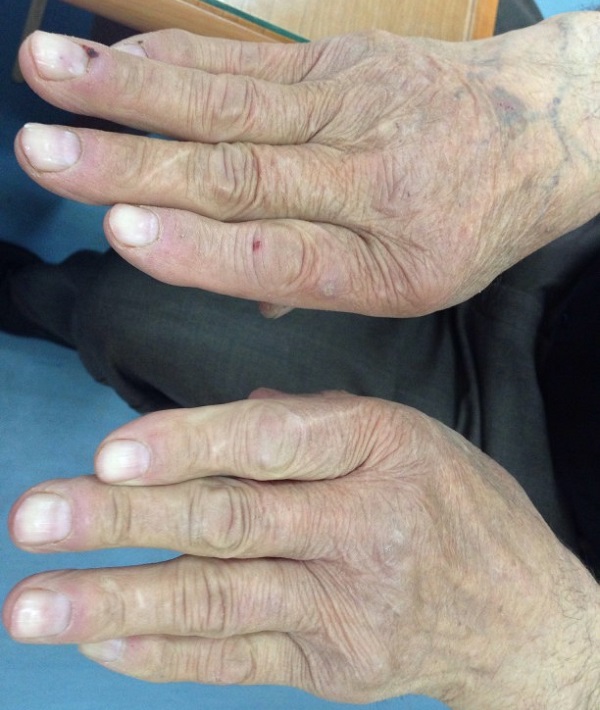
Having a diagnosis of rheumatoid arthritis (RA) increases a person's likelihood they'll develop osteoporosis. The autoimmune disorder, which causes the body's immune system to attack healthy joints, also contributes to gradual bone density loss and an increase risk of fracture. Not only is RA a culprit, but the medications used to treat it, as well as the inactivity that results from joint damage, are all linked to the development of osteoporosis.
Back pain
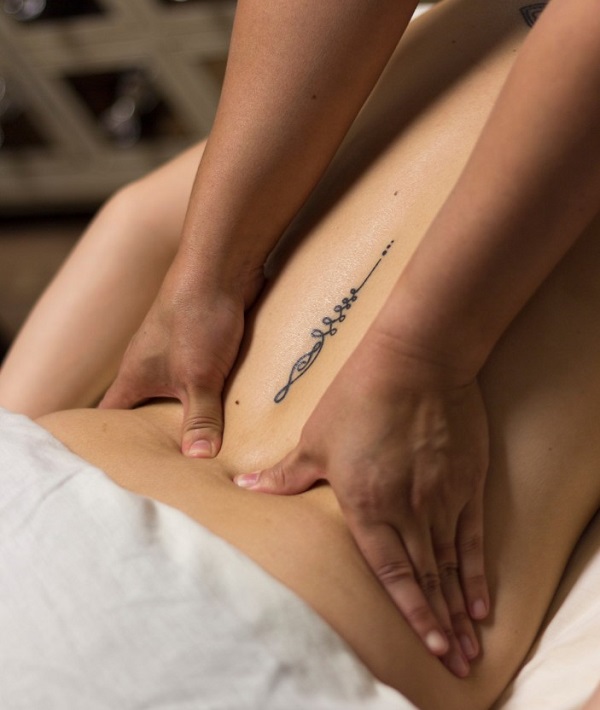
Interestingly, osteoporosis doesn't cause pain, but since it does lead to the weakening of bones, it's not uncommon for the spine or other joints to hurt due to their inability to withstand normal wear and tear, let alone trauma. It's especially important for patients experiencing back pain or other joint pain to see their doctor, since osteoporosis can be treated and even prevented if caught in time.
Blood markers
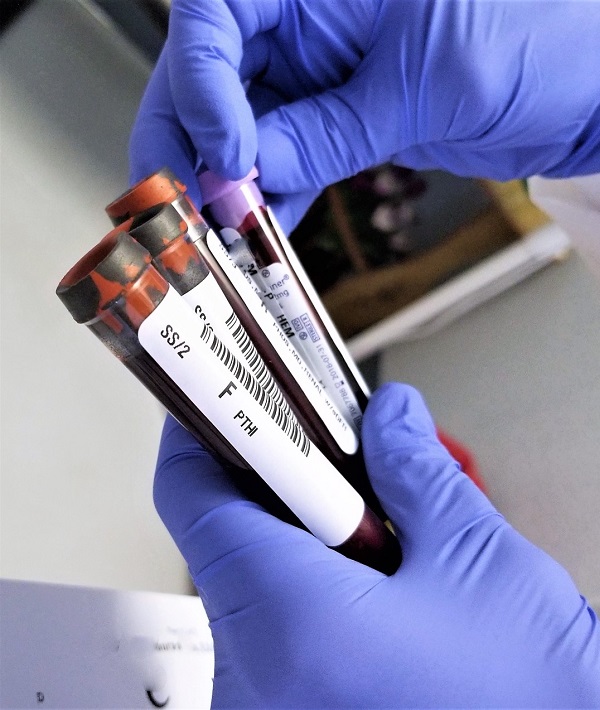
Numerous illnesses that are diagnosed via blood tests are also indicative of osteoporosis. Measuring bone-specific alkaline phosphatase, osteocalcin, urinary N-telopeptide of type-1 collagen and more are ways to determine associated illnesses and see if a patient is at risk for developing osteoporosis.
Curved spine
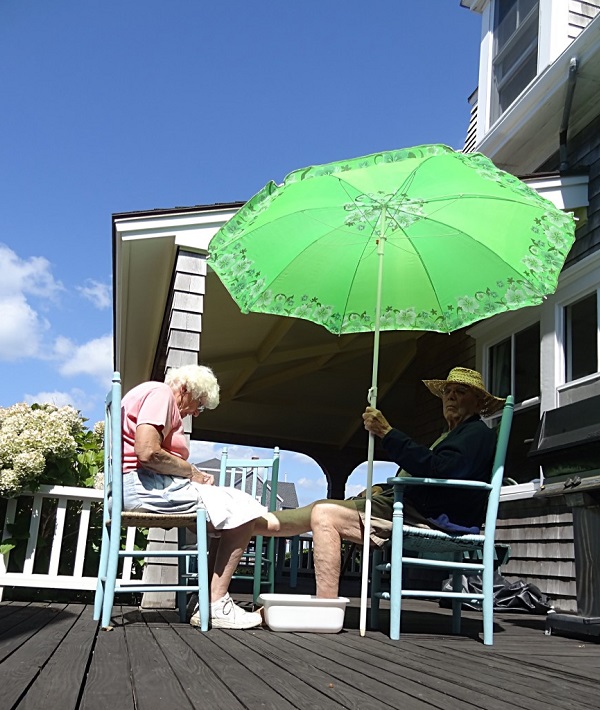
Since osteoporosis is known to cause fractures in the upper (thoracic) spine over time, it's not uncommon for people with the disorder to develop a trademark curved or stooped posture called kyphosis. Primarily affecting women, this condition can become considerably painful and permanently disfiguring.
Family history

Bone mass, much like the shape of our noses or the color of our eyes, is an inherited, genetic trait. If either parents have osteoporosis, or have experienced hip or spine fractures, the chances of their child developing osteoporosis is much higher. The good news is that a doctor can begin early intervention for at-risk patients, helping to minimize their risk or the damaging effects of the condition.
Loss of height
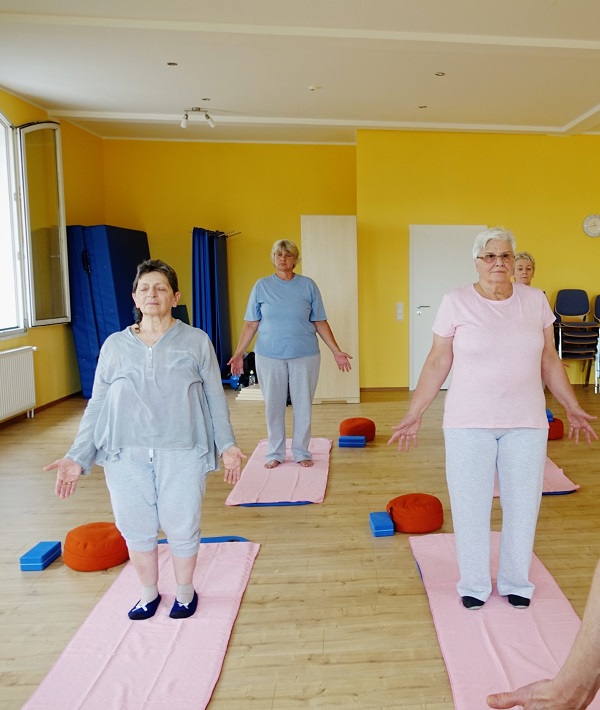
Although it's natural to lose height as we age, shrinking in stature can also be an early symptom of osteoporosis. As bones weaken the spine, they're more likely to fracture, which results in compression of the spine and, consequently, a loss of height. Affecting approximately 700,000 patients each year, it's important that at risk patients undergo regular checkups and osteoporosis screening.
Low bone density
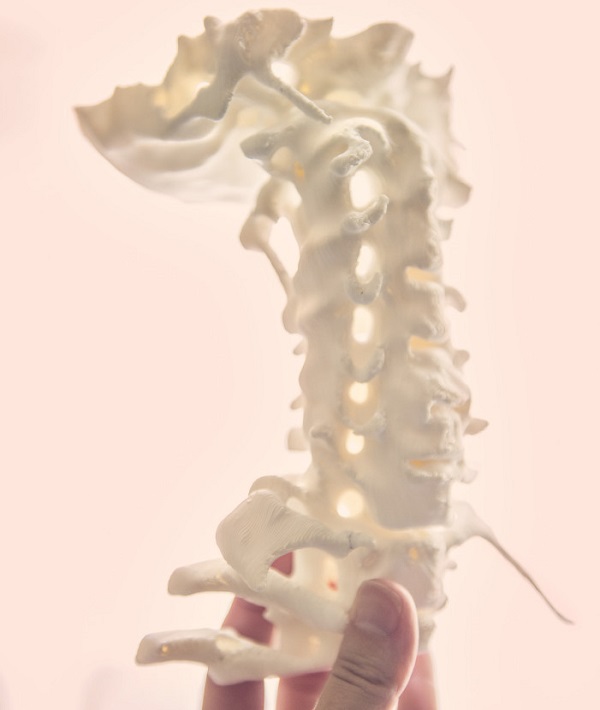
Osteopenia is a condition that causes a reduction of bone mass, but doesn't necessarily mean a patient will develop osteoporosis. But it's a definite indicator that it could be on the horizon. Affecting an estimated 34 million people annually (primarily women), the condition is caused when the body fails to regenerate new bone as quickly as it reabsorbs older ones.
Being petite

Bad news for women under 127 pounds. Low body weight increases a person's risk for developing osteoporosis. Naturally petite women tend to have thinner bones, which are associated with an increased likelihood for developing the condition. Women who aggressively diet or struggle with eating disorders that may cause missed periods can also increase the risk of osteoporosis, due to a dip in the bone-protecting hormone, estrogen.
Certain meds

Medication is meant to help our bodies heal or overcome symptoms of injury and illness, but some of them can also contribute to the development of osteoporosis. A long list of meds, including steroids (like Prednisone), cancer and chemo drugs, injectable contraceptives like Depo-Provera, thyroid hormone replacements and even opioids and over-the-counter pain relievers like acetaminophen have all been linked to a reduction in bone mass.
Tobacco or alcohol use

Like certain medications, certain addictive behaviors, like smoking tobacco or excess alcohol intake, can also increase a patient's risk for developing osteoporosis. Smoking, which reduces our bones' blood supply and lowers their ability to absorb calcium, speeds up the natural process of bone deterioration while slowing their ability heal. Likewise, heavy alcohol intake, especially during adolescence and young adulthood, is also linked with increased bone mass loss and deterioration.
Menopause

Due to a decline in estrogen, menopause is also a time when women experience dramatic bone loss. For women who experience early-onset menopause, the bone loss can be even more severe, thanks to the lengthier period of time a woman's estrogen is low. Even more surprising, young women who experience an abnormal absence of their period may also be at risk. Thankfully, with the right treatment, which may include hormone replacement therapy, osteoporosis caused by hormonal changes can be avoided.
Parathyroid disease

Patients with thyroid disorders and parathyroid disease need to be aware of their increased risk of developing osteoporosis. Due to the malfunctioning thyroid gland producing excess levels of the parathyroid hormone (PTH), which controls the level of calcium in the bloodstream, bones release more calcium than normal, causing the skeletal structure to deteriorate at accelerated rates. Thankfully, successful parathyroid surgeries are shown to significantly reduce this risk.
Difficulty standing up

Due to weaker bones from osteoporosis, many seniors find it difficult to stand from a seated position, which puts extra stress one the spinal cord. For elderly patients who are experiencing this type of difficulty, it's important they don't simply brush the symptoms aside as a natural part of aging and get screened for osteoporosis. Certain strength training exercises can help retrain muscles to compensate for a weakened spine.
Inactivity

People who are immobile or who otherwise don't exercise regularly are at a greater risk for developing osteoporosis. Since bone mass peaks in our 20s, not getting enough physical activity (especially weight-bearing exercises that are proven to increase and protect bone density in our 30s and beyond) can contribute to the significant deterioration of our bones. For patients who are able, it's important to get up and get moving to retain as much strength and mobility as possible as we age.

